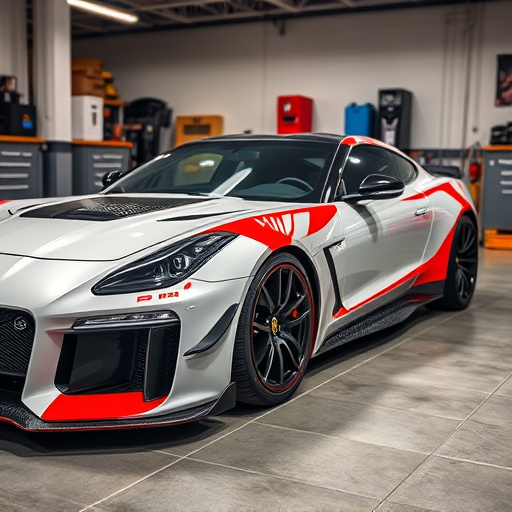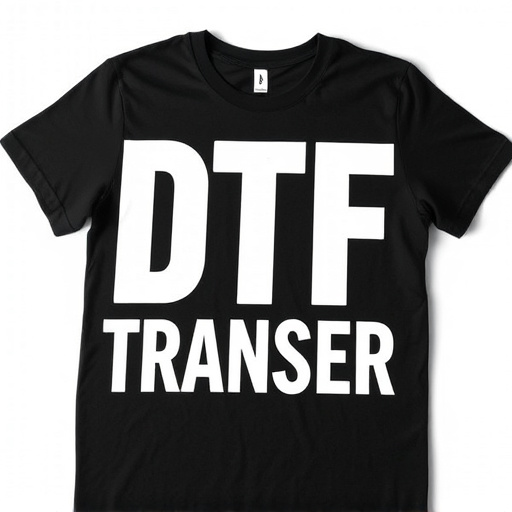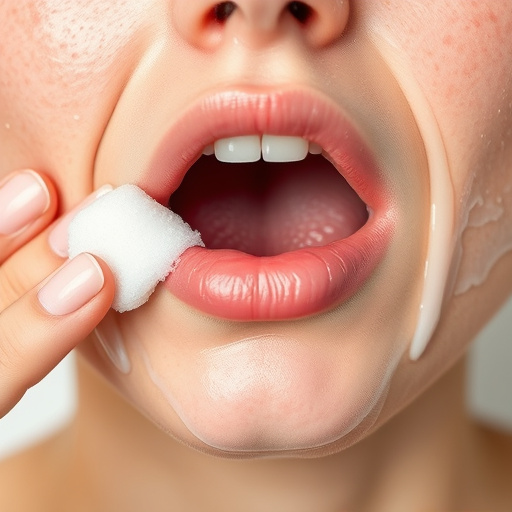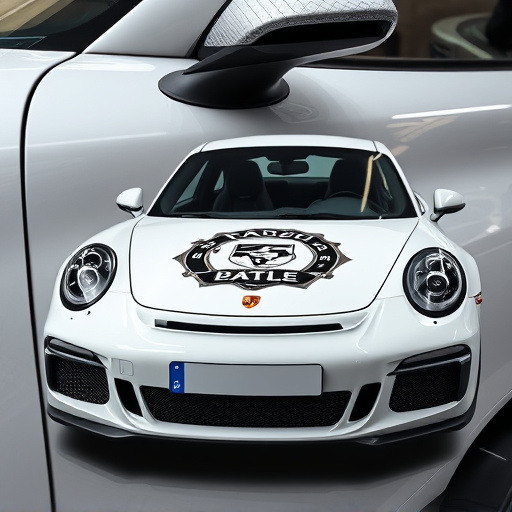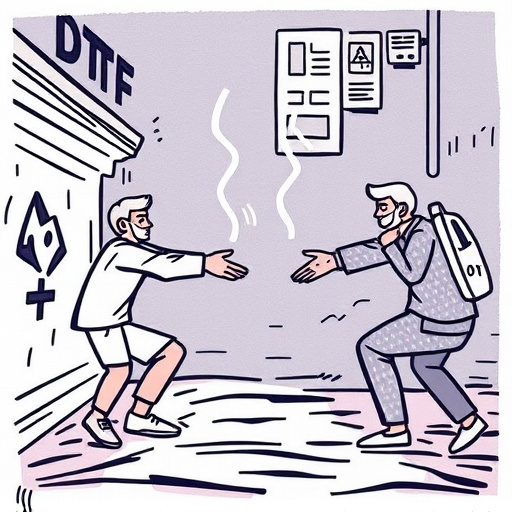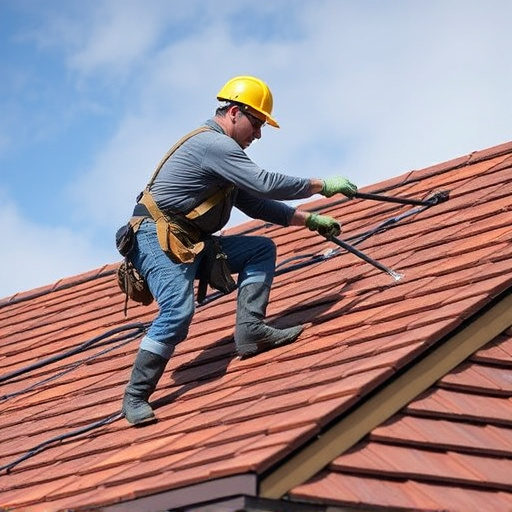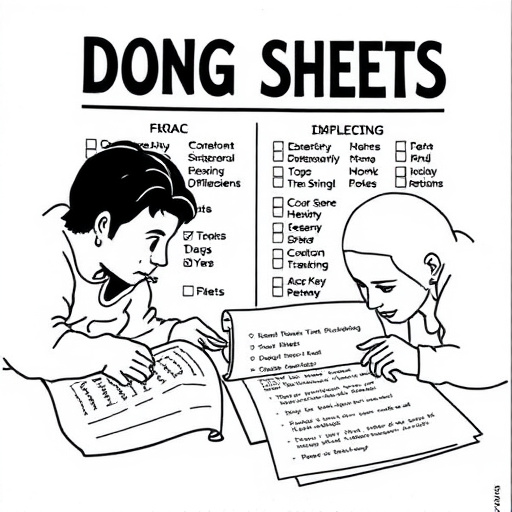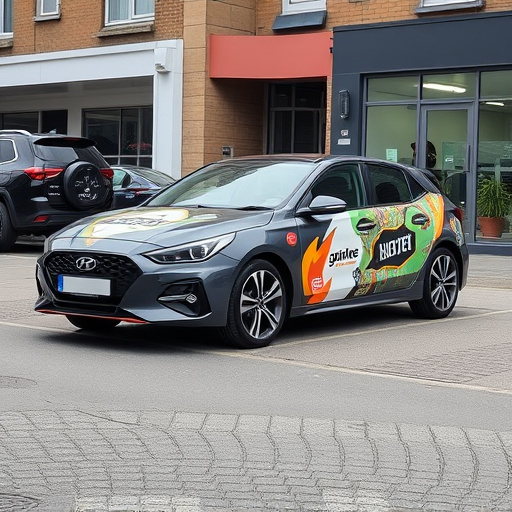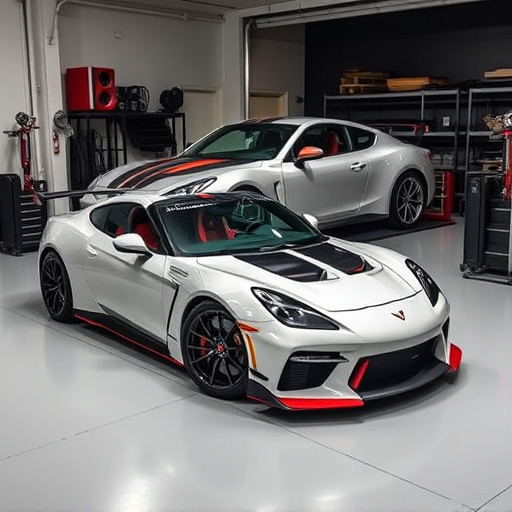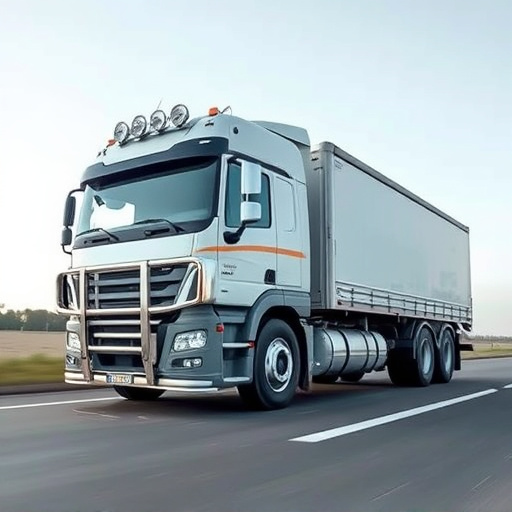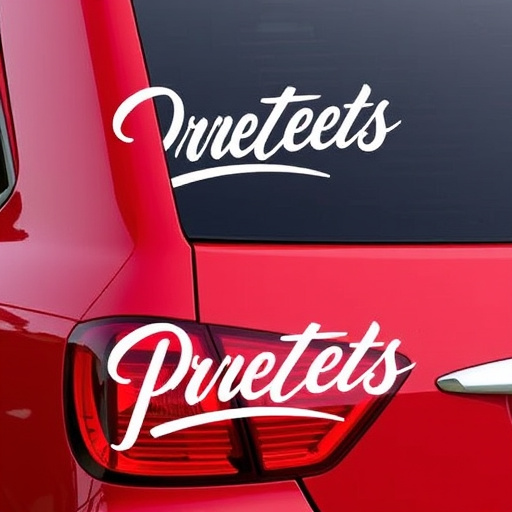Bumper protection films safeguard vehicles from daily damage, with durability varying by quality, installation, and environmental factors. High-quality films with ceramic coatings or window tinting technologies last 3-5 years. Replacement frequency depends on film quality, driving habits, environmental conditions, and graphic applications. Signs of wear include cracks, chips, fading, and peeling, indicating the need for eventual replacement.
Bumper protection film is a popular choice for safeguarding vehicle bumpers from scratches, dents, and chips. But how often should you replace these protective panels? This article delves into the durability of bumper protection films, explores factors influencing replacement frequency, and provides clear signs indicating when a change is necessary. Understanding these key aspects will help drivers make informed decisions to maintain their vehicles’ aesthetic appeal and safety.
- Understanding Bumper Protection Film Durability
- Factors Influencing Replacement Frequency
- When to Replace: Clear Signs and Symptoms
Understanding Bumper Protection Film Durability

Bumper protection film panels are designed to withstand daily wear and tear, offering a durable solution for safeguarding your vehicle’s exterior. The durability of these films varies depending on factors such as quality, installation, and environmental conditions. High-quality bumper protection films, when properly installed, can last anywhere from 3 to 5 years before showing signs of wear or yellowing.
Understanding the difference between a good film and a low-quality one is crucial. Top-tier bumper protection films often incorporate ceramic coatings or window tinting technologies, such as ceramic window tinting or vehicle wraps, enhancing their resistance to UV rays, scratches, and chips. These advanced materials not only ensure longer lifespans but also maintain the original look of your vehicle’s bumpers, providing a seamless and protective layer for extended periods with proper care.
Factors Influencing Replacement Frequency
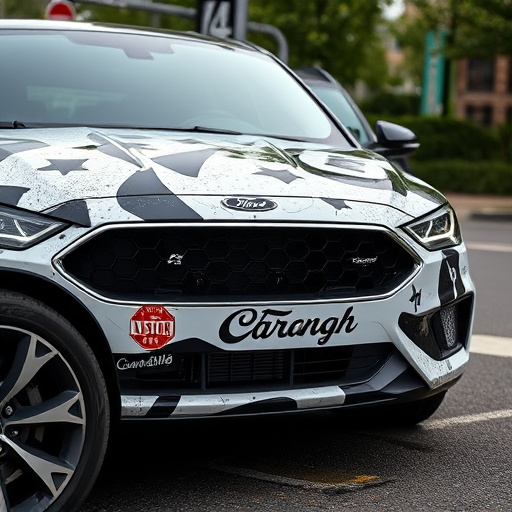
The frequency at which you should replace your bumper protection film panels depends on several factors. One of the primary considerations is the quality and durability of the film itself. High-quality finishes, known for their superior scratch resistance and longevity, can last significantly longer than lower-grade options. Additionally, how frequently you drive your vehicle and the types of roads you travel play a significant role; rough terrain or frequent use can lead to faster deterioration.
Other influencing factors include environmental conditions, such as exposure to harsh sunlight, extreme temperatures, and pollution, which can all contribute to the film’s aging process. Furthermore, if your vehicle is subjected to regular custom graphics applications or wraps, these processes may require more frequent replacements due to their potential impact on the bumper protection film’s integrity.
When to Replace: Clear Signs and Symptoms

Over time, your bumper protection film panels will start to show signs of wear and tear, indicating that it’s time for a replacement. One of the clearest signs is visible damage such as cracks, chips, or tears in the film. These defects not only compromise the aesthetic appeal but also weaken the protective layer, making your vehicle more susceptible to bumps and scratches. If you notice any significant damages, it’s best to replace the film promptly to maintain optimal protection for your bumper.
Additionally, fading and peeling are other indicators that your bumper protection film needs attention. UV exposure causes the film to degrade, leading to color fading, especially in areas constantly exposed to sunlight. Peeling occurs when the adhesive loses its grip, allowing the film to lift from the surface. Regular washing and caring for your vehicle can help delay these issues, but eventually, a fresh application of bumper protection film or custom vehicle wraps will be necessary as part of automotive detailing to ensure your vehicle retains its stylish and protective enhancements.
Regularly inspecting your bumper protection film is key to maintaining optimal vehicle protection. While durability varies based on factors like environment and usage, replacing the film every 3-5 years or upon noticing significant wear and tear ensures maximum impact resistance and long-term protection for your car’s front end.
